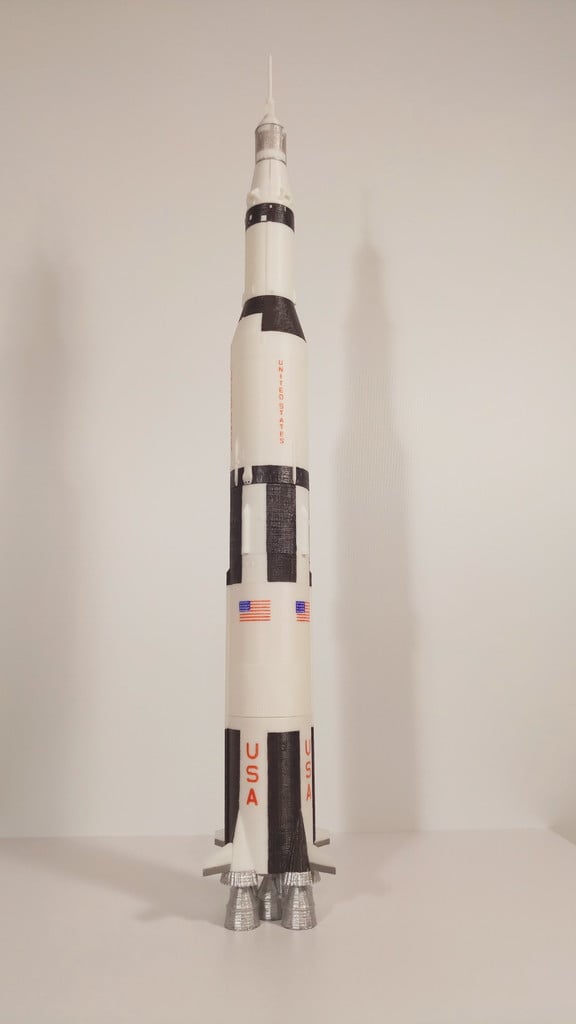
Saturn V rocket, Mobile Launcher, LUT Tower and Crawler
thingiverse
This appears to be a detailed instruction manual for assembling a scale model of the Launch Umbilical Tower (LUT) from the Apollo space program. The document outlines the various parts required for the project, including the tower base, tower, elevator shaft, columns, service arm, and crane components. Here's a breakdown of the steps involved: **Step Five: Power Bank** The power bank is an exclusive design that powers the four Spot lights, Light Tower, and red beacon at the top of the LUT. It uses a 18650 battery and a simple USB battery charger to provide power for several hours. The required printable parts for this step are: * PowerBank * Top * Color Sheet * Button Additionally, some electronic components are needed, including: * A USB LED high-bright light * A 18650 common battery * A 18650 single battery holder * A Micro USB 18650 Power Bank Charger Board * A switch button (6-pin, 8x8mm) **Extra Parts** To complete the assembly, some additional parts are required: * Six round magnets (2x8mm) * Four white LEDs (5mm) for the Spot Lights * One red LED (5mm) for the Crane Tower beacon * Three resistors (100 Ohms each) to power the LEDs safely **Step Six: Connecting Everything** The final step involves connecting all the components together. Unfortunately, there is no electric schematic provided to guide this process. However, a simple description of how to connect the various parts is given: 1. Connect the USB battery charger to the battery holder. 2. Add a switch to the positive five-volt line taken from the electronic board. 3. Connect two LEDs each to the positive and negative lines, with 100 Ohms resistors in series to power them safely. Some additional steps are mentioned, such as guiding cables through holes designed for that purpose. Overall, this instruction manual appears to be a comprehensive guide for assembling a detailed scale model of the LUT from the Apollo space program.
With this file you will be able to print Saturn V rocket, Mobile Launcher, LUT Tower and Crawler with your 3D printer. Click on the button and save the file on your computer to work, edit or customize your design. You can also find more 3D designs for printers on Saturn V rocket, Mobile Launcher, LUT Tower and Crawler.
